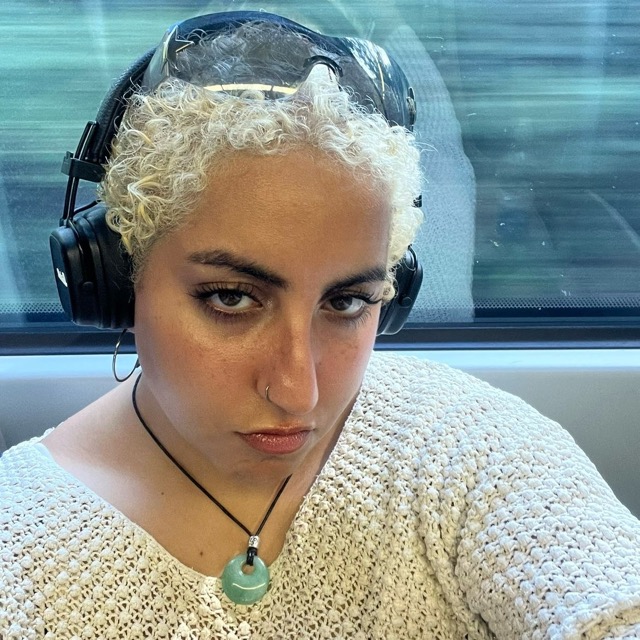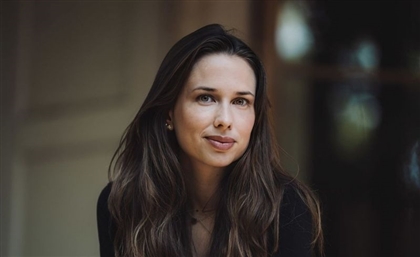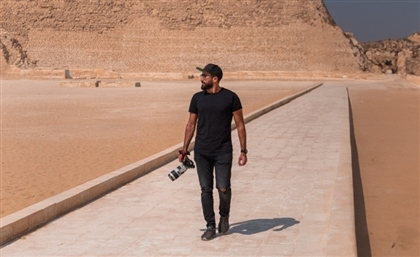The Night of Henna: A Celebration Across Arab Homes
Butterflies in Cairo, songs in Bahrain, olive branches in Palestine, Henna Nights take many forms, but each one carries care, rhythm, and celebration. Across Arab homes, this night belongs to women.
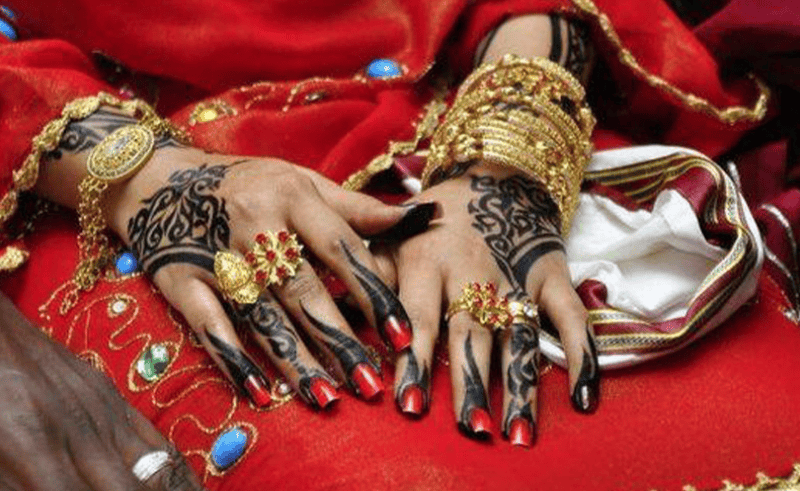
Before I understood what weddings meant, I understood butterflies. Every Thursday night, my sister and I would visit my auntie’s Sudanese friend in Cairo for henna. She would draw butterflies on our shoulders with a toothpick dipped in henna and a steady hand. One night, that same auntie turned to us and asked, “You’ve never been to a real Henna Night?” I was seven when she took me to Maadi, where I walked into a living room alive with noise and more noise. Teenage girls in belly dancing belts. Aunties feeding each other sweets. A bride performing in a short dress before disappearing for her next outfit change. I remember sitting with the henna lady on the balcony, overstimulated but wide-eyed, a butterfly drying on my shoulder as I watched women carve joy into the air.
Seventeen years later, I was invited to my school friend’s Henna. Crazy, right? The same girl I used to whisper to in class now stood before me in gold coins and heels, ready to get married. This time, I saw everything differently. The event was structured, with DJs, outfit changes on a strict timeline, a planner whispering to a team. Still, something tender crept in when we all sat on the floor with plates in laps, eyes on the bride.
I sat there thinking about the traditions that used to bloom around nights like this, especially the ones that have quietly faded. Girls biting sugar cubes in hopes of being the next bride, manifesting their wedding as they pinched the bride’s knee, a tradition that comes from a phrase meaning, “I’ll pinch your knee to get married the next Friday." A woman tossing salt behind the bride’s shoulder to protect her from envy. Bowls of herbal water placed near her feet, the kind with mint and parsley, for a green, fresh start. Coins pressed into her palms, tied with henna for blessings. Some of these barely exist any more, but I don’t think they disappeared; I think they drifted, and maybe we’ll find them again.
Instead of telling you just what Henna Nights look like in Egypt, I wanted to know how they unfold across the Arab world. So I asked my friends from Sudan to Bahrain, Algeria to Jordan, what this night means to them.
Egypt: Shahd Sabry
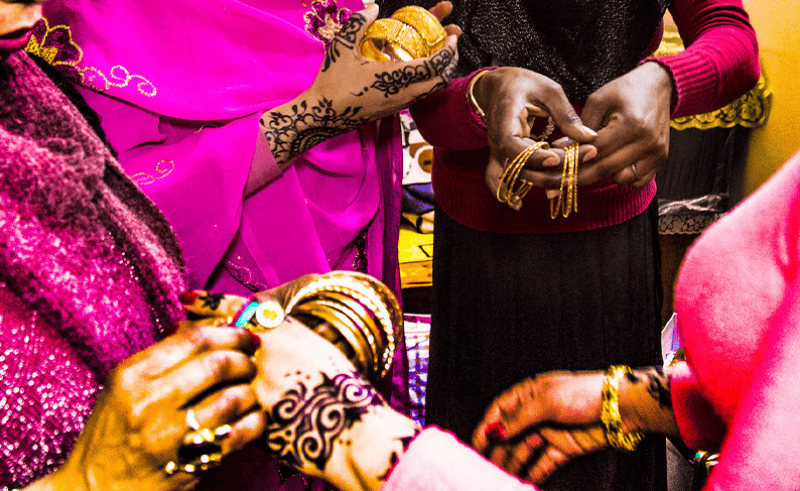
In Egypt, Henna Nights, or 'Leilat el Henna', serve as the emotional prelude to the wedding itself. Typically held the night before the katb el kitab (religious contract) or farah (reception), it’s a women-only celebration that blends personal joy with collective ritual. Traditionally, the bride wears a folkloric or belly dance–inspired outfit, sometimes changing into several looks over the course of the evening. A henna artist is usually present, decorating guests’ hands while family and friends gather to sing, clap and dance. The night often includes shaabi music, belly dance tracks and nostalgic wedding staples, songs passed from cassette tapes to Bluetooth speakers. Older generations might bring Nubian or Sa’idi influences, depending on the family’s background, while younger brides often layer in aesthetics from South Asia, the Gulf or global pop culture. What defines an Egyptian Henna Night is its balance: tradition infused with improvisation, glamour softened by intimacy, and above all, women taking up space together in celebration. Before she became a bride herself, Shahd had attended many Henna Nights for close relatives, and always loved how intimate and culturally rich they were. “They were simple, but full of meaning,” she told me. “The bride would change into several outfits, each from a different culture, and there was always a henna artist doing designs for everyone, with extra love for the bride.” It always felt, to her, like a bonding ritual between women, full of excitement and laughter. So when it came time to plan her own Henna Night, she wanted to keep that same essence but add her personal touch. “I wore different outfits throughout the night, an Indian look, an Egyptian belly dancer outfit, and a few more,” she said. “Each one had its own accessories, hairstyles, even a different vibe.” What she changed most was the decoration. “I wanted it to feel more immersive and festive, so I really focused on the lighting, the setup, the mood of the space.” It was, as she put it, “A classical Henna Night with a Gen Z twist.” The music carried everything: classic belly dance tracks, shaabi songs, and some Indian hits that never fail to get people dancing. “The dancing didn’t stop all night.” For food, she kept it light and fun; finger food and small bites people could grab while mingling or waiting for their henna. But her favourite part of the night came in a quiet realisation. “I just looked around and saw all the women I love - my friends, cousins, aunts - dancing and laughing with me,” she said. “It was all girls, which made it feel even more special. There was so much freedom in the room, so much closeness. It was everything I had dreamed of and more.”
Algeria: Aryne
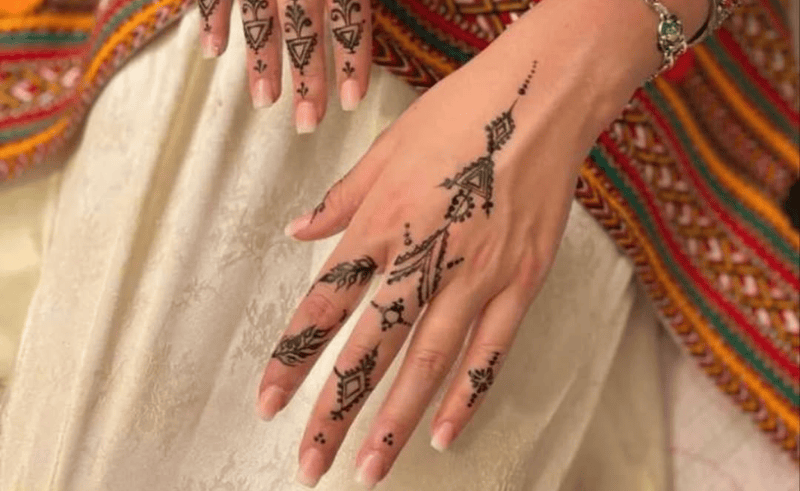
Bahrain: Zain
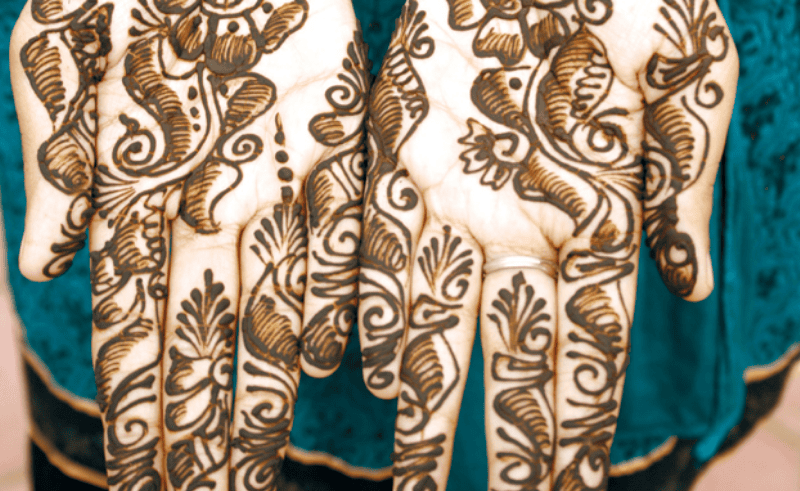
Sudan: Nermien
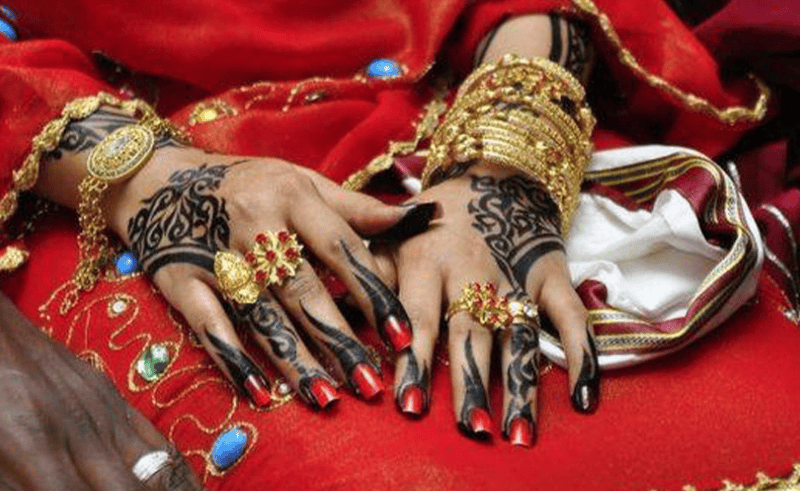
Lebanon: Zeena
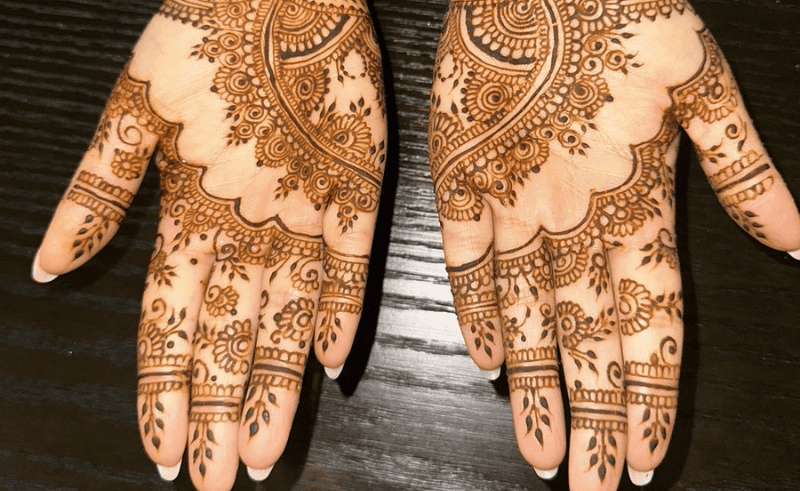
Somalia: Sagal
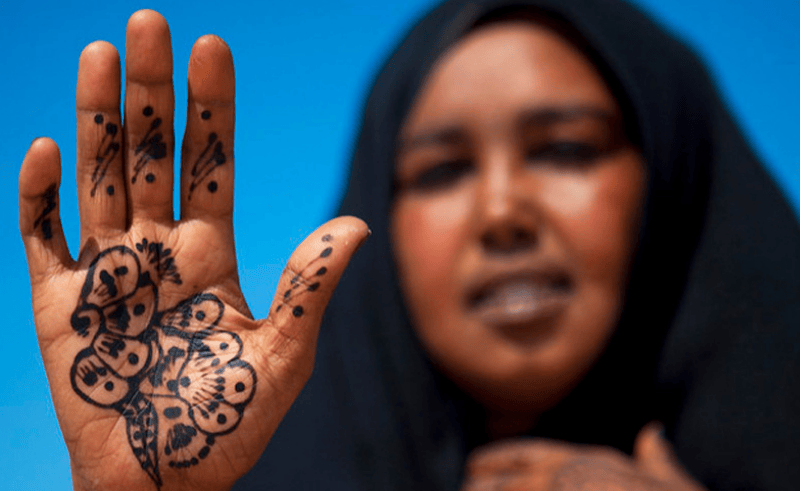
Jordan & Palestine: Dana
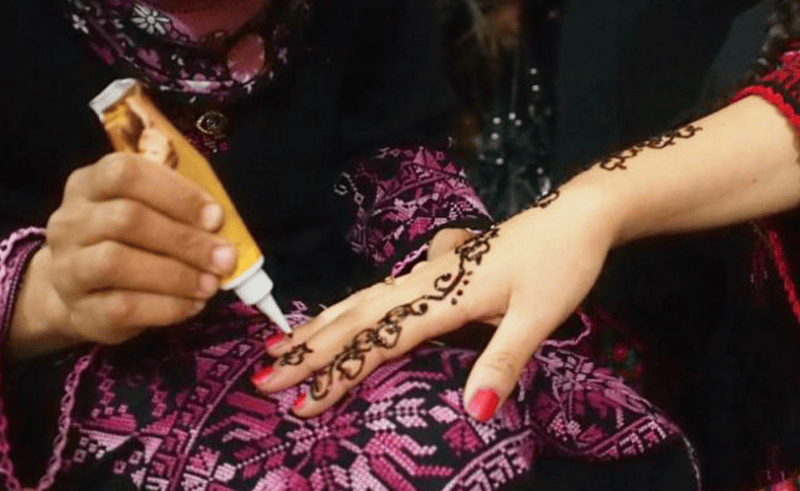
- Previous Article Chef Aiman is Dubai’s Newest AI-Generated Culinary Mind
- Next Article Six Unexpected Natural Wonders to Explore in Egypt
Trending This Week
-
Dec 12, 2025







